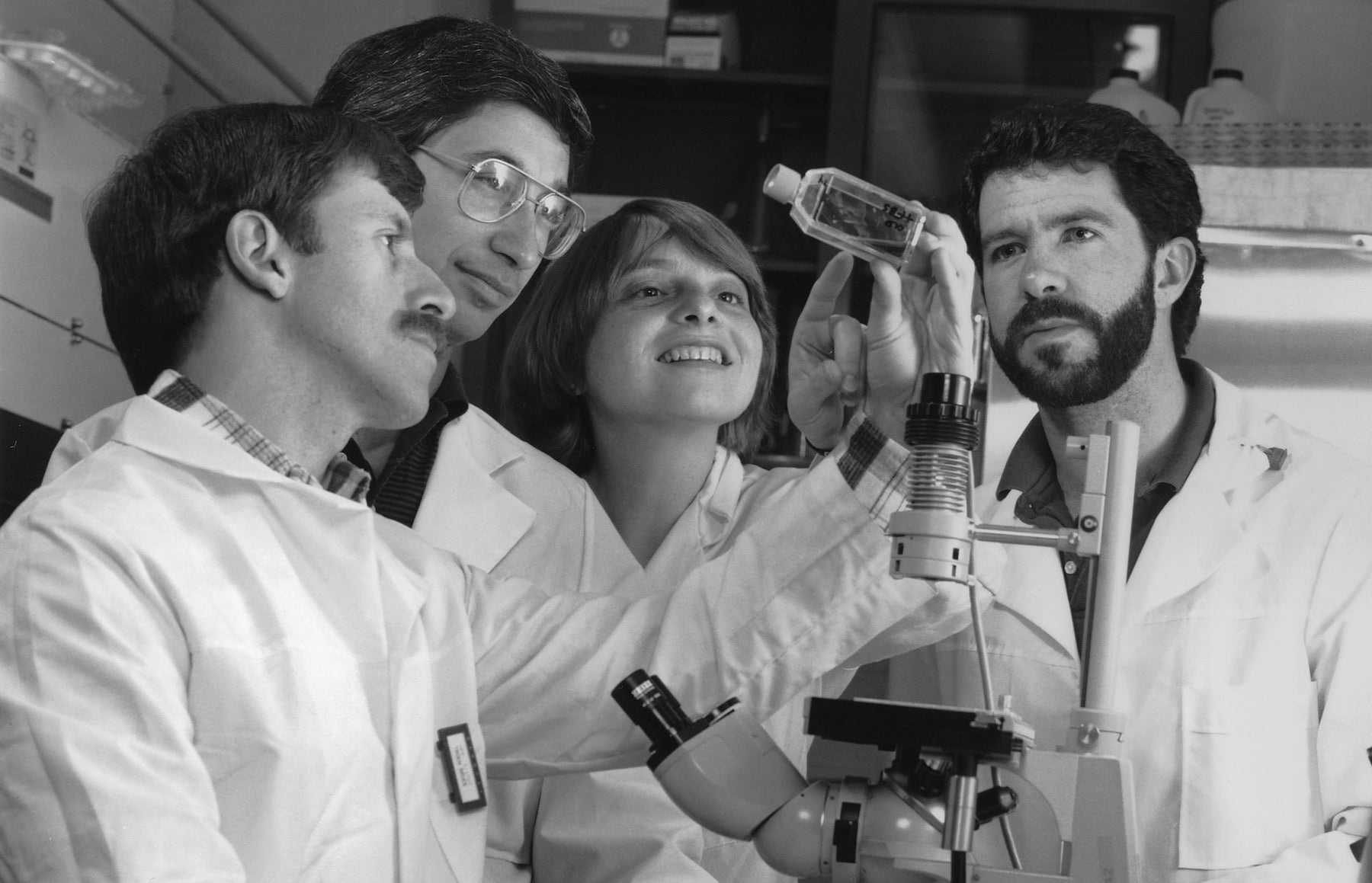(858) 224-9100

Preparing Stem Cells in a cGMP Setting: A Detailed Guide 🧪
Today, we're going to delve into the process of preparing stem cells in a cGMP (Current Good Manufacturing Practice) setting. We'll explain each step in detail, why we're doing it, and the problems it solves. Let's get started!
Step 1: Choosing the Right Medium 🧪
The first step is to choose the right medium for growing your induced pluripotent stem cells (iPSCs). This might seem like a simple task, but it's crucial to choose a medium that's clean enough for the cells to be eventually approved by the FDA for clinical trials.
- Choose a defined medium. This means that everything in the medium is well defined and known.
- Avoid using serum, which is not defined.
- Avoid using animal products as much as possible.
This step solves the problem of ensuring that your cells are grown in a safe and controlled environment. Using a defined medium reduces the risk of contamination and ensures that your cells are suitable for clinical use.
Step 2: Counting the Cells 🧫
Next, you'll need to count the cells. This might sound trivial, but it's not when you're working under cGMP conditions.
- Validate the equipment you're using to count the cells.
- Validate the process of counting the cells.
- Qualify the operators who will be counting the cells.
This step solves the problem of ensuring that you have an accurate count of your cells. Without an accurate count, you won't know how many cells you're working with, which could affect the results of your experiments or treatments.
Step 3: Manipulating the Cell Culture 🧬
Now it's time to manipulate the cell culture. This involves pipetting the cells or medium in and out of the tissue culture hood.
- Have at least two operators present at all times.
- The operator who is doing the work should not move any part of the equipment or their hands or arms out of the hood.
- Have someone else outside the hood do the recording.
This step solves the problem of maintaining a sterile environment for your cells. If the operator moves their hands or arms out of the hood, they could introduce contaminants into the cell culture.
Step 4: Recording the Process 📝
Finally, you'll need to record the process. This involves entering all the material that's used and registering it.
- Have someone outside the hood enter all the material that's used.
- Register all the material that's used.
This step solves the problem of keeping track of what's been used in the process. This is important for quality control and for replicating the process in the future.
And that's it! You've successfully prepared stem cells in a cGMP setting. This process ensures that your cells are prepared in a safe and controlled environment, giving you confidence in your data.

Leave a comment